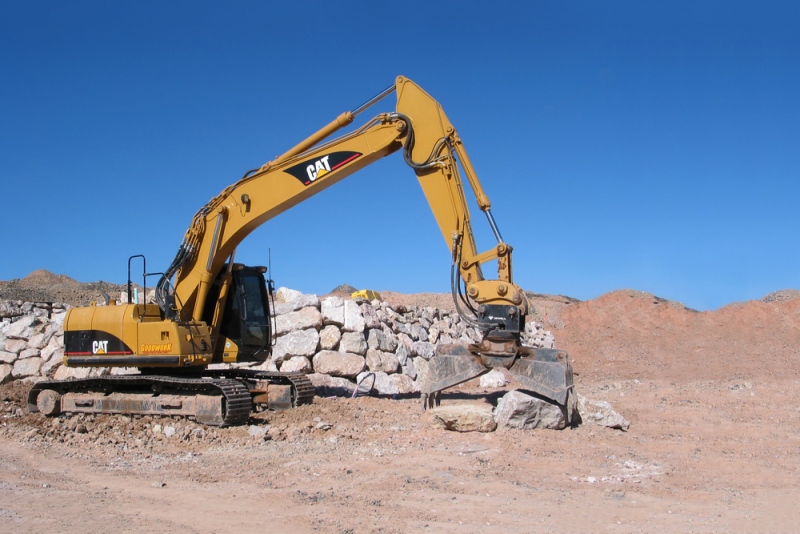There are some jobs where a bucket attachment just won’t do. For moving rocks, logs, concrete, and other oddly-shaped items, you’ll need a grapple attachment. Choosing the right one involves evaluating your needs, considering the quality of the attachments you’re considering, and getting the right size for your machine.
Evaluate your needs
Grapples are made for different types of jobs, and what works beautifully for lifting a big pile of manure won’t be the best grapple to deal with oddly shaped logs that still bristle with a branches. The design of any grapple you’re looking at will be most efficient at a particular application and less efficient at others.
Ask yourself what your application is. What are going to do with your rock grapple? What will you be moving in particular, and will your needs vary from moment to moment or remain the same? Then consider the manufacturer’s specs and what each one is designed to do.
As an example, single arm grapples are usually designed to deal with a compacted brush. This design is lightweight and efficient for that task but will struggle with any bulky load. Dual arm grapples with independent arms are great for roots and bulky, non-uniform items.
Consider quality
Your grapple is going to be under a lot of prolonged stress, so quality construction is an absolute must. Your first step in determining quality is considering what material the grapple is made from and how it is made. A good manufacturer will be able to tell you about the construction process and will know what is in everything they sell.
In addition to considering the basic materials and the method of manufacturing, you should also consider yield strength, the type of steel the grapple is made from, and what parts it comes with.
Yield strength
Yield strength refers to the amount of pressure the tines will be able to stand up to before they deform. In general, the higher the better when it comes to your grapple attachment, and in many cases yield strength is more important than the width of the tines. Some tines will be reinforced, as well, which is always a plus.
Type of steel
Steel that is laser cut, as opposed to plasma cut, will be stronger and have higher load and strength tolerance. Laser cut steel is also generally more consistent so that all the parts of the grapple tend to move together more smoothly than with plasma cut steel.
Parts
In order to fit and use your grapple, you will need couplers, hoses, fittings, and cylinders. Make sure that whatever you buy comes with these parts. That way work will not be delayed as you try to find them, and your total costs will be lower.
Getting the right size
When it comes to size, there are two important considerations. First, what can your loader handle? Second, what is the right size of grapple for the job? Too small and you’ll be making too many inefficient little trips or be tempted to overload the grapple. Too large and your machine won’t be able to handle the strain.
Make sure you know your loader capacity and the size of your skid steers. Be sure you check the grapple’s loader capacity and compare it with the loader capacity of your machine so you can make most efficient use of your equipment.
Also be sure that your grapple will fit properly, whether you choose an open bottom or solid bottle grapple. Both have their uses, but only if connections to your skid steer are optimum.
Grapples save a lot of work and make clearing a site fast and easy. Just make sure you’re getting the right grapple to do the job.
















